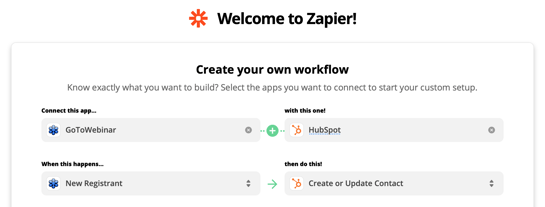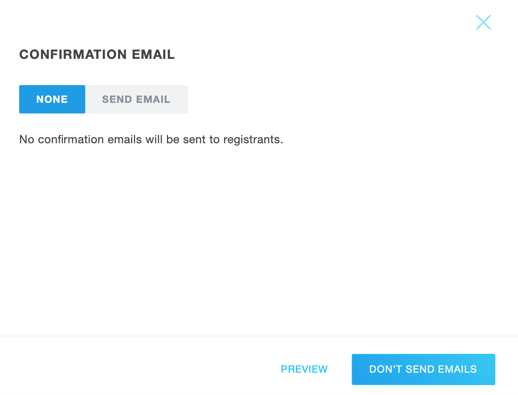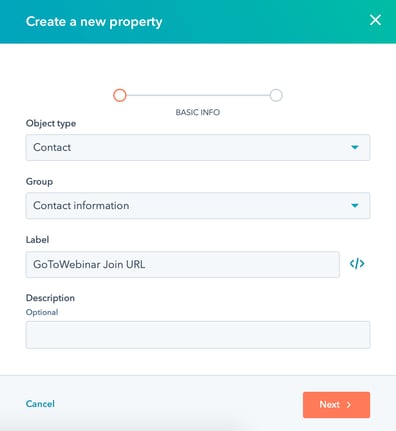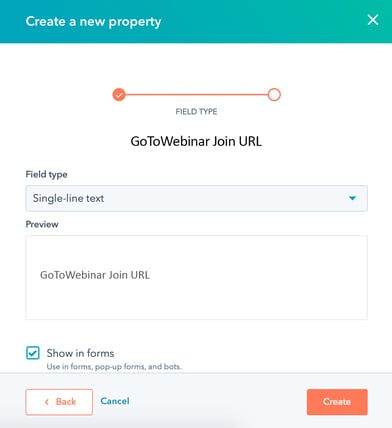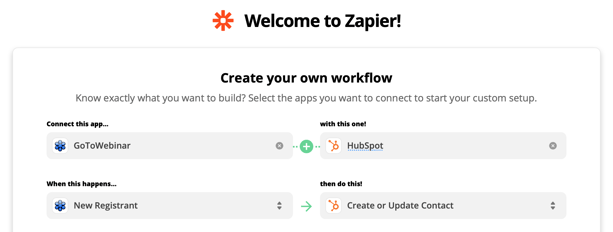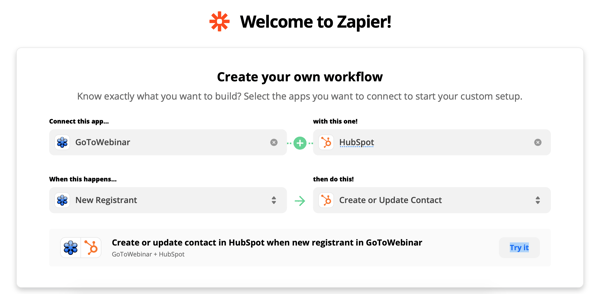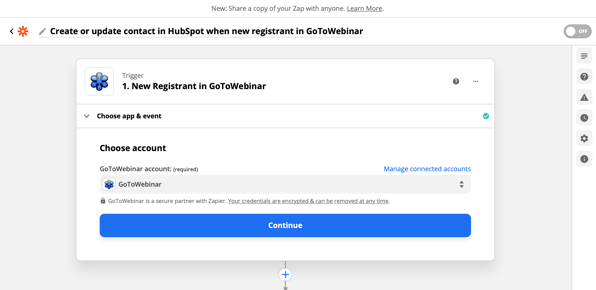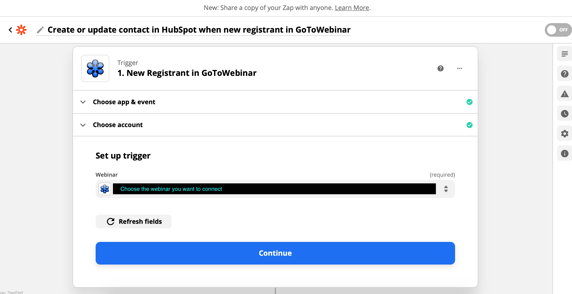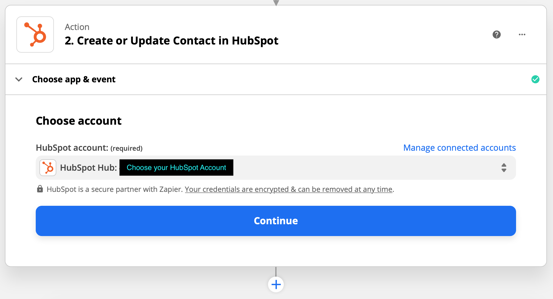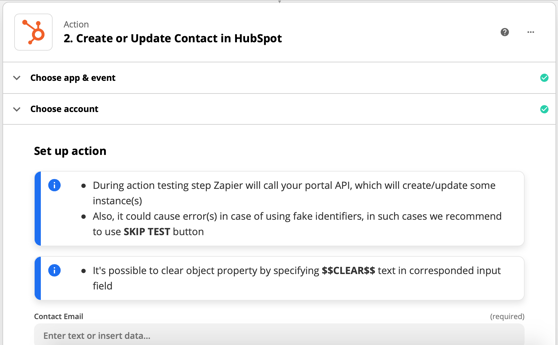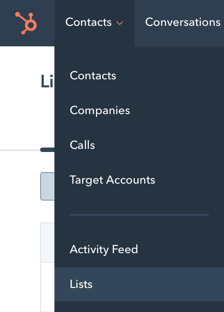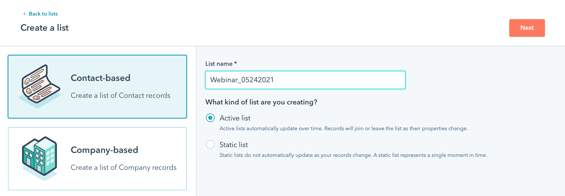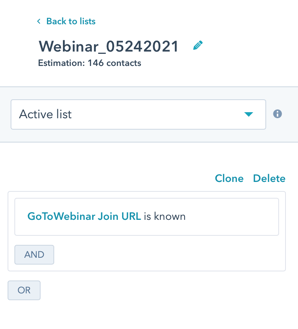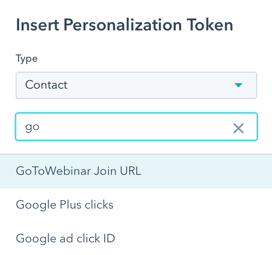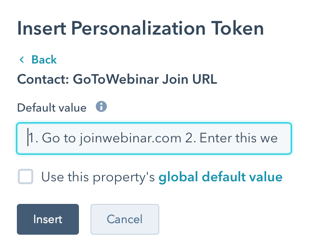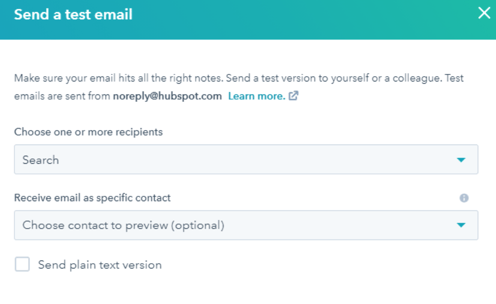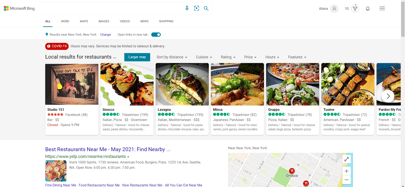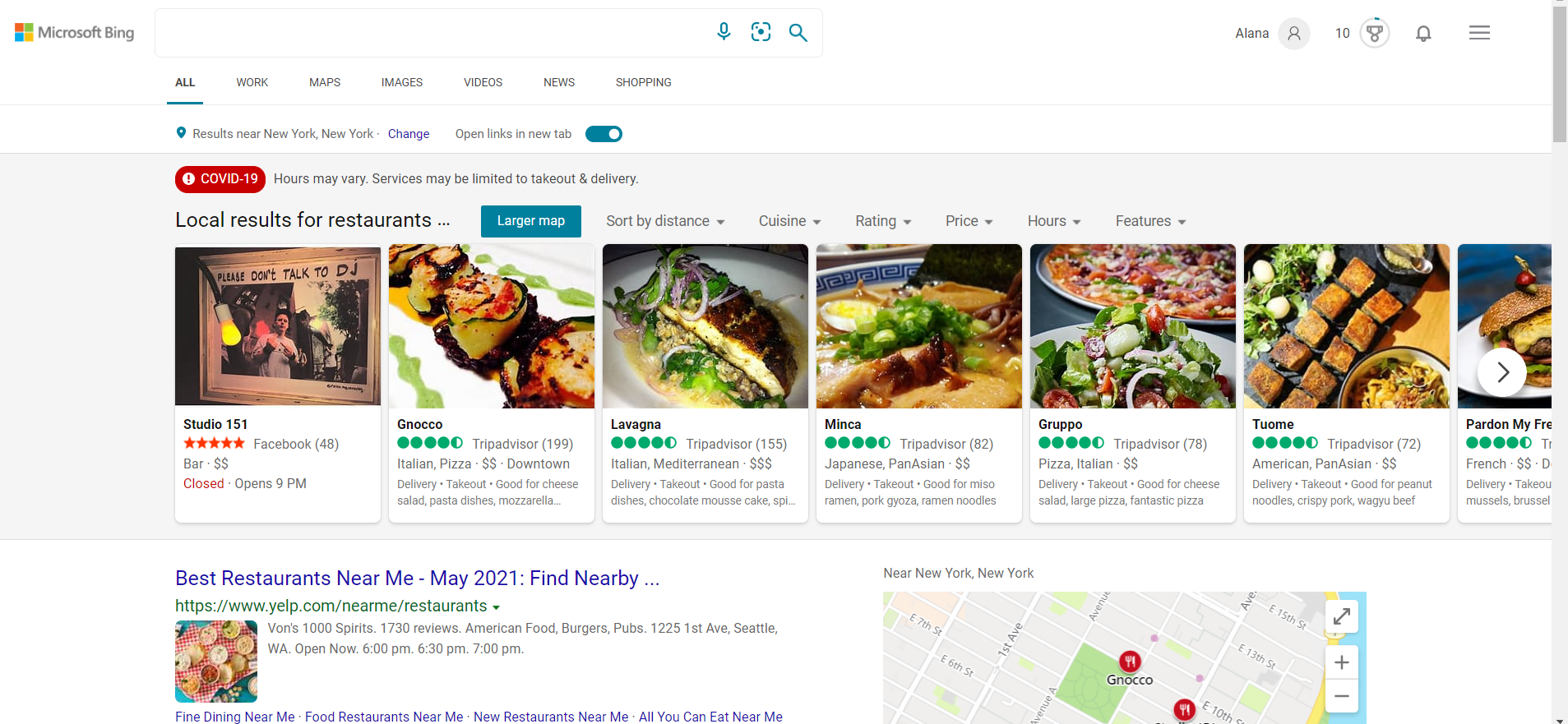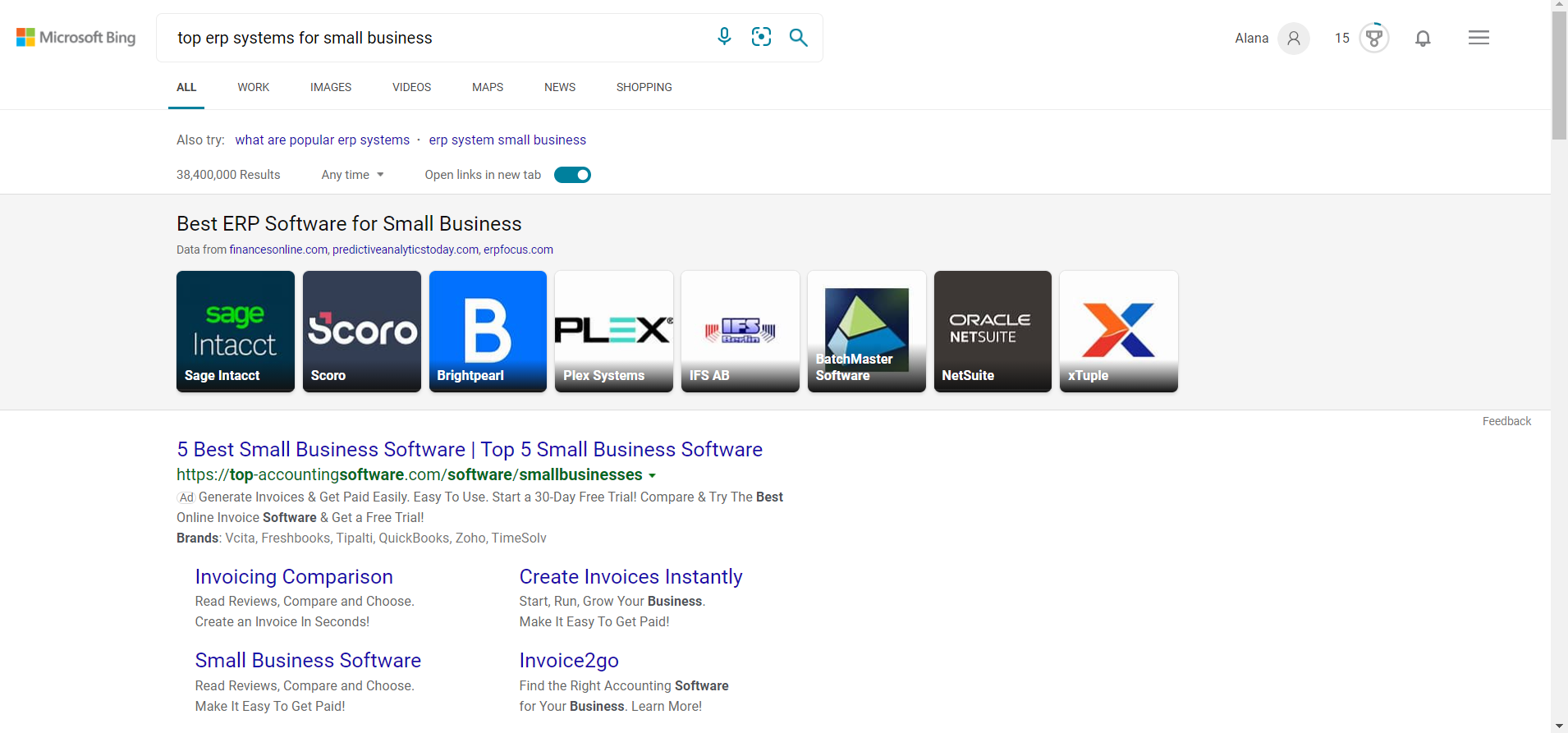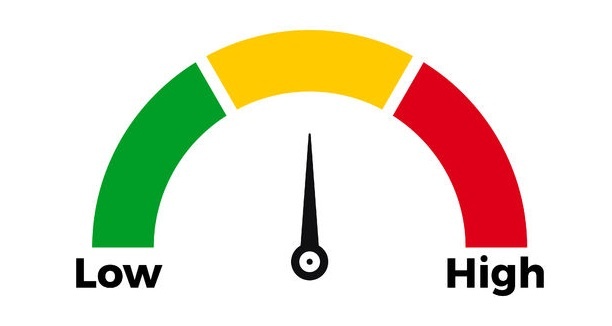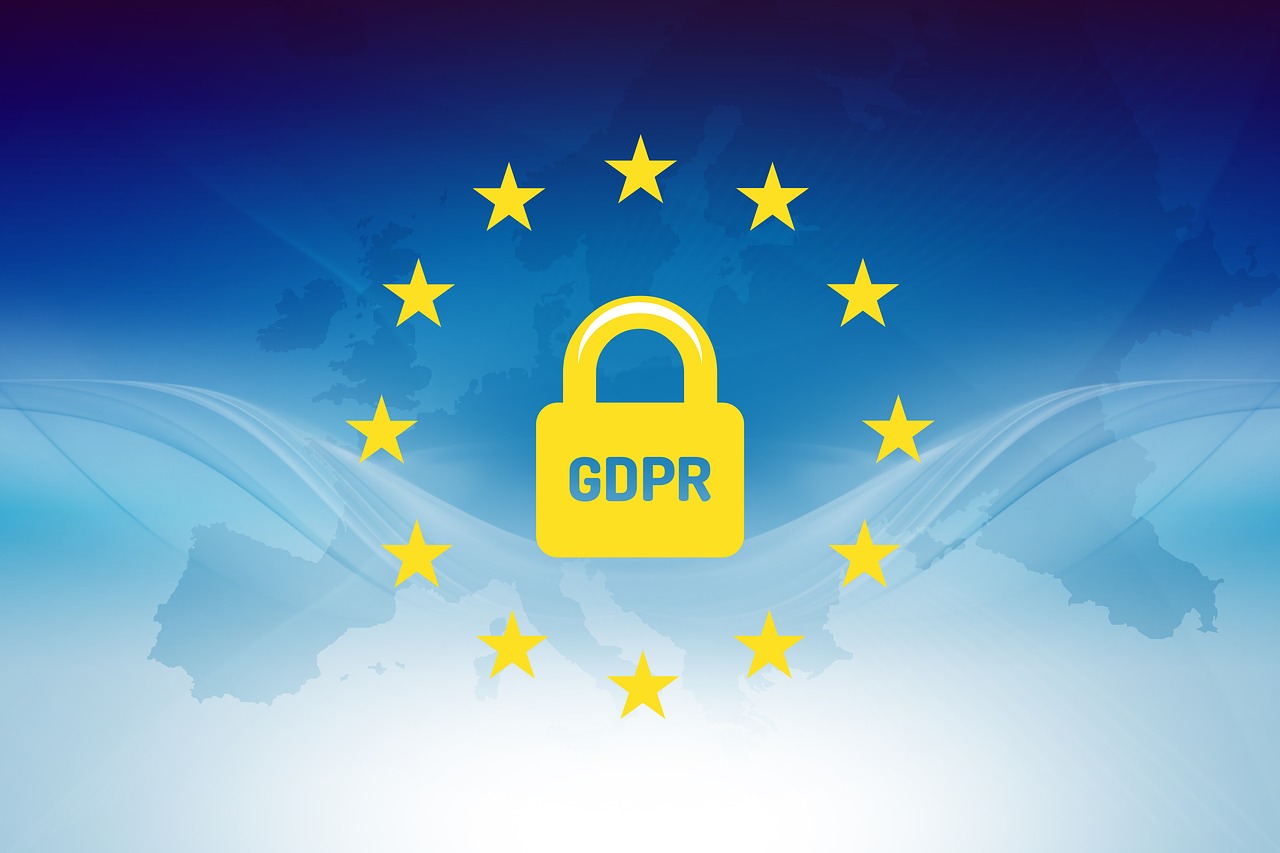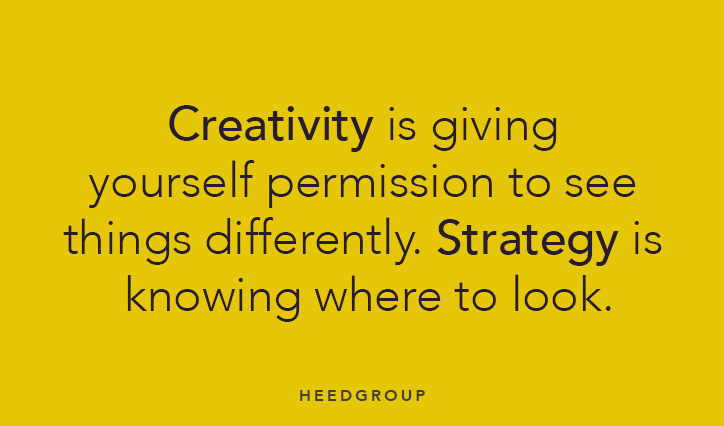Our Take On: Why Every Company Needs A Must Have Brand Essence Book & How To Get Started
Our Take On: Why Every Company Needs A Must Have Brand Essence Book & How to Get Started
Developing a strong brand essence is an essential part of any successful marketing and design strategy. A brand essence book is a comprehensive guide that outlines the fundamental elements of a brand's identity, from its values to its visual style. And, when we start with a client, we almost always build a brand essence document because it lays a foundation for not only us but gives our client the ability to reflect on who their business is in the marketplace. A brand essence book is a critical component of a successful marketing and design strategy. Each of the sections described below plays an essential role in creating a strong brand identity to ensuring brands stand out in a crowded market and build long-term customer loyalty.
What is in a Brand Essence Book?
The following sections are integral to creating a successful brand essence book.
Brand Glossary: A brand glossary defines the key terms and concepts that are associated with a brand. This section clarifies any potential confusion and ensures that all team members understand and use the brand's language consistently.
Brand Story: A brand story tells the narrative of a brand's evolution and its mission. This section outlines the brand's history, purpose, and vision, creating an emotional connection between the brand and its audience. The brand story is also the lore that unites employees together with a common heritage that they all can speak to about the company.
Passion & Niche: The passion and niche section highlights what drives the brand and its unique selling proposition. It defines what sets the brand apart from its competitors and helps to create a compelling brand identity. Pasion & Niche can also be expressed as your Mission & Vision. Each company is different - choose what is right for you.
Core Values: A brand's core values define its ethical principles and guide its decision-making process. This section outlines the brand's beliefs and principles, creating a foundation for its identity.
Brand Objective: A brand objective outlines the brand's short and long-term goals. This section helps to keep the team focused on achieving specific targets and objectives.
Target Market: Identifying the brand's target market is essential for creating an effective marketing strategy. This section outlines the brand's ideal customer persona and helps to create a marketing approach that resonates with the target audience.
Engagement Drivers: Engagement drivers are the elements that create emotional connections between the brand and its audience. This section outlines the brand's approach to engagement, including its marketing channels, messaging, and customer experience.
Brand Attributes: Brand attributes are the characteristics that define the brand's personality and tone. This section outlines the brand's key attributes, creating consistency across all marketing channels and touchpoints.
Positioning: Brand positioning refers to the brand's position in the market and its unique selling proposition. This section outlines the brand's value proposition, differentiating it from competitors and creating a strong brand identity.
In our brand essence documents, we introduce the reader to some visual expression of the brand but the brand essence document does NOT include all the brand style information that you would find in a brand guideline.
Visual Style - Image Attributes: A brand's visual style includes its image attributes, such as its logo, imagery, and design elements. This section outlines the brand's visual style, by introducing the logo, the tagline, and a sample of how imagery should be used with the brand. This is a descriptive style of Image Attributes rather than the design rules to using imagery or design elements.
Visual Style - Brand Colors: Brand colors are a critical element of a brand's visual identity. This section defines the brand's color palette, ensuring that all visual branding elements use the same colors consistently.
Visual Style - Typography: Typography is another essential visual element of a brand's identity. This section introduces the brand's typography, ensuring consistency across all visual branding elements.
Brand Voice: A brand's voice refers to its tone, language, and style of communication. This section outlines the brand's voice, ensuring consistency across all marketing channels and touchpoints.
Finally, your brand essence book should be designed in your brand's style to convey the feeling and personality of your brand. This book describes and reflects the core identity of your company.
In summary, creating a brand essence book is a vital aspect of a successful marketing and design strategy. Each section of the brand essence book outlined above plays a crucial role in establishing a compelling brand identity that resonates with the intended audience. By investing in a comprehensive brand essence book, HEEDGROUP helps our clients' brands differentiate themselves in a competitive market and cultivate enduring customer loyalty.
So then, what is the difference between the brand essence book and a brand guideline / brand style guide?
A brand guideline, also known as a brand style guide, is a comprehensive document that outlines the rules and guidelines for how a brand should be presented visually and verbally. It includes details on the brand's logo, typography, color palette, imagery, and other design elements. It also includes guidelines for the brand's messaging and tone of voice. The purpose of a brand guideline document is to ensure consistency in how a brand is presented across all channels and touchpoints.
On the other hand, a brand essence book is a comprehensive guide that defines the fundamental elements of a brand's identity. It includes details on the brand's purpose, vision, mission, values, target market, engagement drivers, attributes, and more. The purpose of a brand essence book is to create a deep understanding of the brand and its identity, and to guide all branding and marketing decisions.
The difference between a brand guideline document and a brand essence book is that while the former provides rules for how the brand should be presented, the latter provides a deep understanding of what the brand stands for and the core elements that define its identity.
It's important to start any branding work with a brand essence book first because it sets the foundation for all branding and marketing decisions. Without a clear understanding of the brand's identity, it's difficult to create effective messaging, design elements, and marketing strategies. Starting with a brand essence book ensures that all branding decisions are based on a deep understanding of the brand and its identity, resulting in a stronger and more effective brand. The brand guideline then serves as a tool to ensure consistency in how the brand is presented visually and verbally. We have even had HEEDGROUP clients use their brand essence document as a new employee onboarding tool to quickly get new employees up to speed on the who the company is culturally and how it operates.
In summary, a brand guideline provides rules for how a brand should be presented, while a brand essence book defines the core elements of a brand's identity. In our opinion, we at HEEDGROUP find it fundamental to start any branding work with a brand essence book first because it sets the foundation for all branding decisions.
How do I start building a Brand Essence Book?
Starting a brand essence book project involves a deep understanding of the company's identity and values, and primary research is an essential part of this process. Conducting primary research involves gathering information directly from the key stakeholders who are most familiar with the company, including employees, customers, vendors, and other key partners. This research helps to uncover important insights about the company's strengths, weaknesses, opportunities, and threats, and it informs the development of the brand essence book. At HEEDGROUP, we start by interviewing the C-Suite individually - this informs us greatly about who the company wants to be outwardly and internally.
Here are some key steps to follow when conducting primary research for your brand essence book project:
-
Define the research objectives: Before starting the research process, it's important to define the objectives of the research. This includes understanding what information needs to be collected and how it will be used to inform the brand essence book.
-
Identify the key stakeholders: The next step is to identify the key stakeholders who should be included in the research process. This includes the C-Suite, founder and/or investors, employees from different departments, customers, vendors, and other partners who have insights into the company's identity and values.
-
Choose the research methods: There are many different research methods that can be used to gather information from stakeholders, including surveys, interviews, focus groups, and observation. The chosen methods should be appropriate for the objectives of the research and the target audience. At HEEDGROUP, we use an investigative style interview process. We prepare a list of questions for the subject we are interviewing, then drill deeper based on the answer the person gives us.
-
Conduct the research: Once the invites are set, our questions are developed, it's time to conduct the research. This may involve sending out surveys to customers or interviewing key employees to understand their perceptions of the company's identity and values. We have done both based on the how broad the net is that we are casting.
-
Analyze the data: Once the data has been collected, it's important to analyze it to identify key insights and trends. This analysis will inform the development of the brand essence book and help to ensure that it accurately reflects the company's identity and values.
In conclusion, conducting primary research is an important step in the process of developing a brand essence book. By gathering insights from key stakeholders, including employees, customers, vendors, and partners, companies can develop a deep understanding of their identity and values, which can inform the development of a comprehensive brand essence book.
Once your primary research is complete, start writing the brand essence sections - start by recounting the brad story. The success of a brand essence book relies on the key stakeholders being involved throughout the brand essence creation. So review your brand essence with your client / key stakeholders. Make sure everyone agrees - At HEEDGROUP, we will pull key stakeholders into workshops where we gain alignment on the brand essence. It's no small feat to develop a brand essence but you, your employees, your Marketing team and your agencies will forever beneft.it and most likely your customers, too.
Want to see an example of a brand essence book? Here's HEEDGROUP's brand essence book to help you get your creative ideas flowing. We would love to hear from you. What sort of foundational brand exercises do you do when starting a brand assignment?
Up Next: Our Take On: Moving Out of Your Comfort Zone. Sometimes it really pays to take calculated marketing risks. Here’s how to decide when it’s time to shake things up a little.















































.png?width=580&name=MicrosoftTeams-image%20(116).png)
